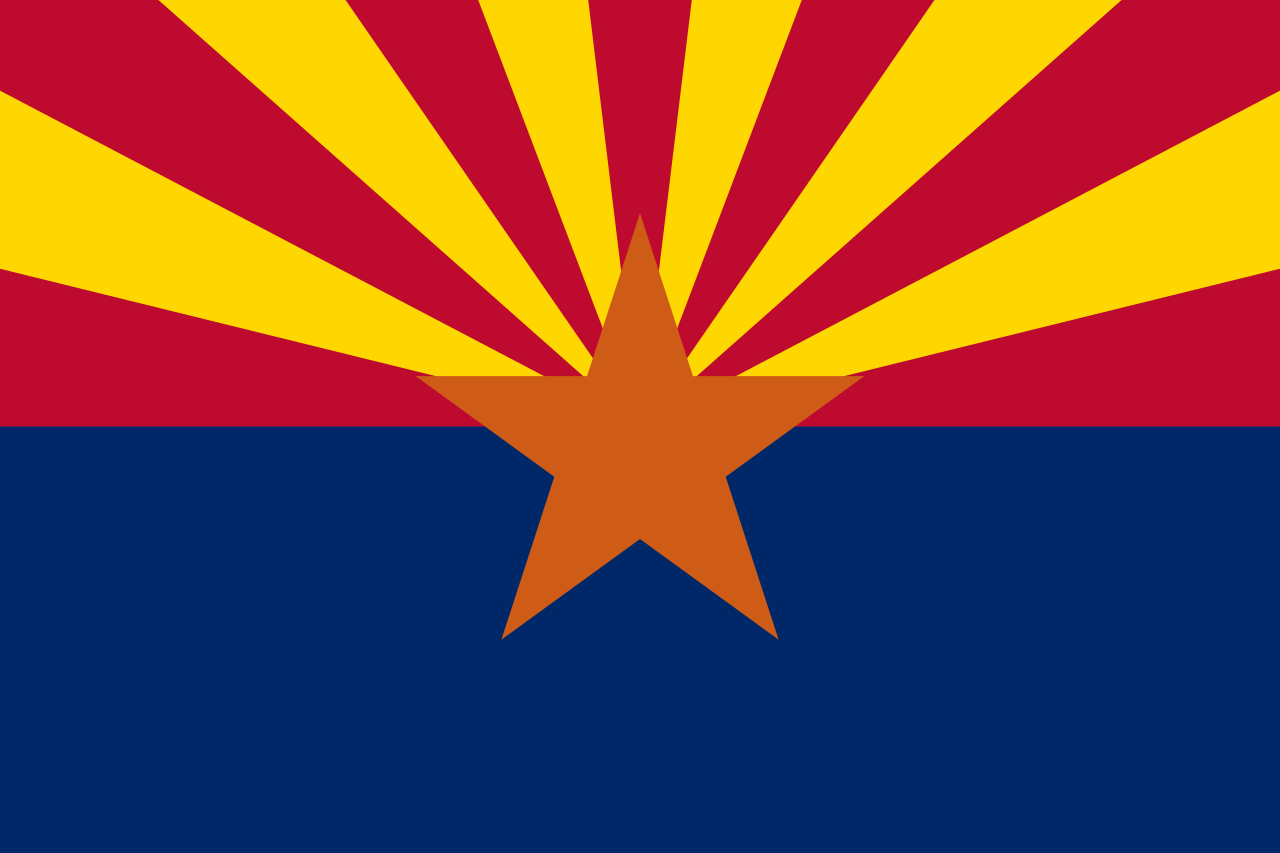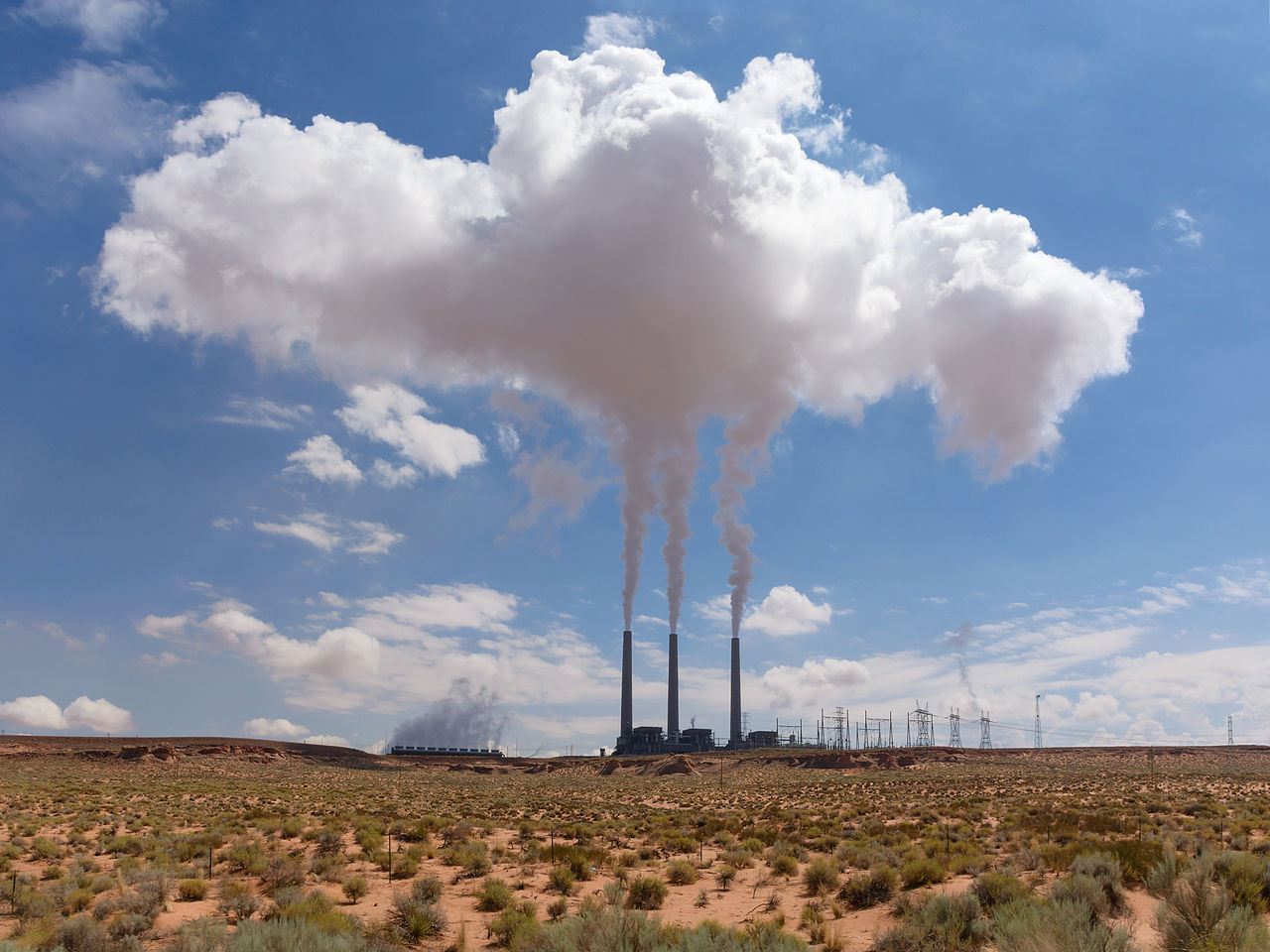On April 1, Edmund G. “Jerry” Brown Jr., the Governor of California, issued an Executive Order that acknowledged California’s drought conditions and made it impossible for any Californian to ignore the implications. California is requiring urban water usage to be cut by 25% and for water users to provide monthly reports on water usage, conservation, and enforcement on a permanent basis. From little inconveniences like having to ask for water at restaurants, to replacing 50 million square feet of lawns and ornamental turf throughout the state with more “drought tolerant landscapes,” Californians are becoming increasingly aware of how little water they really have.
What makes California’s drought so bad, and why isn’t Arizona panicking? What may be seen as Arizona’s biggest water weakness, our landlocked, desert conditions, has in fact been our biggest advantage over California in times of drought. Arizona has been preparing for water shortages since before it became a state in 1912. Here are the top five reasons Arizona isn’t in a water crisis, despite over a decade of drought conditions:
- Salt River Project & the Theodore Roosevelt Dam
Founded in 1903, landowners banded together to create the Salt River Valley Water Users’ Association, following provisions of the National Reclamation Act. Individual landowners in the water service area pledged their lands as collateral to build the Theodore Roosevelt Dam. To settle the west as Theodore Roosevelt dreamed, land needed to be irrigated for habitation and agriculture. The goal of the Roosevelt Dam was to stabilize the water source of the Salt River. The dam allowed for Arizona to irrigate year round and move forward with additional agriculture projects thanks to a predictable water source. Since the dedication of the dam in March 1911, forward thinking water users at Salt River Project (SRP) have continued their efforts in creating sustainable water sources for their users in the Valley of the Sun. The creation and maintenance of six additional dams and nine canal systems keep water flowing throughout the SRP user lands. In addition to getting water to the Phoenix area, SRP also protects the watersheds that provide water to their dams and canals. From forest thinning projects across U.S. National Forests in the Salt and Verde Watersheds to researching opportunities to improve rainfall, SRP is consistently looking decades ahead to solve Arizona’s drought problems. - Central Arizona Project and the Colorado River
In 1968, President Lyndon B. Johnson signed a bill approving the construction of the Central Arizona Project (CAP), a series of canals that move Arizona’s allocation of the Colorado River across the state, providing water for both irrigation and urban usage from Lake Havasu to areas south of Tucson. Construction began in 1973 and was completed 20 years later. The CAP system delivers 1.5 million acre-feet of water (an acre-foot is about the amount of water required to cover a football field with one foot of water; according to the CAP, it’s enough water to cover the needs of a family of four for one year) per year and stretches 336 miles across the state. Without the CAP system, Arizonans would have no way to move their allocation of the Colorado River south to our major metropolitan areas. - The Groundwater Management Act of 1980
In 1980, the Arizona legislature passed and Governor Bruce Babbit signed the Groundwater Management Act. The Act created the Groundwater Management Code and the Arizona Department of Water Resources to meet three goals: control severe over-drafting of groundwater, provide means to allocate the state’s groundwater to effectively meet the state’s changing needs, and augment groundwater through water supply development. The code established a program of group water rights, provisions related to new agricultural irrigation, preparation for detailed water management plans, measurement requirements for all large wells, reporting for annual water withdrawal and use, and a requirement for new land developers to demonstrate a 100-year assured water supply. These programs help ensure that Arizona protects its water resources and is prepared to provide water to match future growth. - Utilization of Reclaimed Water (Effluent)
Between 2001-2005, 4% of Arizona’s water came from effluent, water that is used and then cleaned and reused for agricultural and industrial uses as well as for watering parks and golf courses. Unlike water from CAP, SRP, and groundwater, the amount of reclaimed water grows as the population grows. Arizona was one of the first states to utilize reclaimed water and as the state’s population grows, reclaimed water is likely to become a larger portion of the state’s water supply. - Recharging Ground Water, Underground Storage and the Arizona Water Banking Authority
Excess reclaimed water, un-used CAP allocations, and water from the Salt and Verde rivers are used to recharge groundwater aquifers with the goal of renewing Arizona’s groundwater resources. Recharging an aquifer is like putting money into a savings account and setting it aside to plan for future uses. To recharge, water is flooded into “porous earthen basins” and allowed to filter into the natural aquifer. Porous materials like gravel, sand, and silt act as natural purifiers so that the water, often from reclaimed sources, is clean by the time it reaches the aquifer. Arizona has been practicing water banking and underground storage since the mid-1990’s. In 1996 the Arizona Water Banking Authority (AWBA) was established to increase the state’s utilization of CAP water. For each acre-foot AWBA stores, it accrues credit that can be redeemed in the future when communities require a backup water supply. Recharging allows Arizona to store “renewable” water, water from snowmelt, rain, or rivers, to supplement groundwater resources and protect the least renewable water sources for when they are needed the most.
Arizona’s water stability is the product of a century of planning and forward thinking individuals preparing for periods of severe drought. In addition to all past efforts, Arizona must continue to look ten, twenty, and thirty years into the future to secure water for later generations. While California began water planning in the last few years, Arizona has been planning since before it became a state. Despite the best planning efforts, a prolonged dry period, shortages on the Colorado River, and lower than average snowmelt can put the state in a precarious position for water resources. Continuing state efforts to utilize and reutilize reclaimed water, recharge aquifers, and protect the watersheds that provide water to the state will help Arizona avoid a severe water crisis.
It is impossible to ignore the threat of drought in the middle of the desert. CEO of B3 Strategies, Russell Smoldon, has been an active participant in major water policy debates for the last three decades. B3 Strategies will continue to track water policy issues and the impact water has on Arizona’s future growth. If you have any questions or would like additional information, please contact us at [email protected].


